Potřebujeme váš souhlas k využití jednotlivých dat, aby se vám mimo jiné mohly ukazovat informace týkající se vašich zájmů. Souhlas udělíte kliknutím na tlačítko „OK“.
ASTM F2777-10
Standard Test Method for Evaluating Knee Bearing (Tibial Insert) Endurance and Deformation Under High Flexion
Automaticky přeložený název:
Standardní zkušební metoda pro hodnocení kolena ložisko (Tibiální Insert) Vytrvalost a deformaci pod High Flexion
NORMA vydána dne 15.9.2010
Informace o normě:
Označení normy: ASTM F2777-10
Poznámka: NEPLATNÁ
Datum vydání normy: 15.9.2010
Kód zboží: NS-54519
Počet stran: 8
Přibližná hmotnost: 24 g (0.05 liber)
Země: Americká technická norma
Kategorie: Technické normy ASTM
Kategorie - podobné normy:
Anotace textu normy ASTM F2777-10 :
Keywords:
deformation, fatigue, fracture, high flexion, knee, mobile bearing, rotation, TKR (total knee replacement), UHMWPE (ultra high molecular weight polyethylene), ICS Number Code 11.040.40 (Implants for surgery, prothetics and orthotics)
Doplňující informace
| Significance and Use | ||||||||||
|
This test method can be used to describe the effects of materials, manufacturing and design variables on the fatigue/cyclic creep performance of UHMWPE bearing components subject to substantial rotation in the transverse plan (relative to the tibial tray) for a relatively large number of cycles. The loading and kinematics of bearing component designs in vivo will, in general, differ from the loading and kinematics defined in this test method. The results obtained here cannot be used to directly predict in vivo performance. However, this test method is designed to enable comparisons between the fatigue performance of different bearing component designs when tested under similar conditions. The test described is applicable to any bicompartmental knee design including mobile bearing knees that have mechanisms in the tibial articulating component to constrain the posterior movement of the femoral component and a built in retention mechanism to keep the articulating component on the tibial plate. |
||||||||||
| 1. Scope | ||||||||||
|
1.1 This standard specifies a test method for determining the endurance properties and deformation, under specified laboratory conditions, of ultra high molecular weight polyethylene (UHMWPE) tibial bearing components used in bicompartmental or tricompartmental knee prosthesis designs. 1.2 This test method is intended to simulate near posterior edge loading similar to the type of loading that would occur during high flexion motions such as squatting or kneeling. 1.3 Although the methodology described attempts to identify physiological orientations and loading conditions, the interpretation of results is limited to an in vitro comparison between knee prosthesis designs and their ability to resist deformation and fracture under stated test conditions. 1.4 This test method applies to bearing components manufactured from UHMWPE. 1.5 This test method could be adapted to address unicompartmental total knee replacement (TKR) systems, provided that the designs of the unicompartmental systems have sufficient constraint to allow use of this test method. This test method does not include instructions for testing two unicompartmental knees as a bicompartmental system. 1.6 The values stated in SI units are to be regarded as standard. No other units of measurement are included in this standard. 1.7 This standard does not purport to address all of the safety concerns, if any, associated with its use. It is the responsibility of the user of this standard to establish appropriate safety and health practices and determine the applicability of regulatory limitations prior to use. |
||||||||||
| 2. Referenced Documents | ||||||||||
|
Podobné normy:
Historická
1.3.2014
Historická
1.8.2008
Historická
1.3.2011
Historická
1.4.2014
Historická
1.3.2013
Historická
15.3.2013
Doporučujeme:
EviZak - všechny zákony včetně jejich evidence na jednom místě
Poskytování aktuálních informací o legislativních předpisech vyhlášených ve Sbírce zákonů od roku 1945.
Aktualizace 2x v měsíci !
Chcete vědět více informací? Podívejte se na tuto stránku.


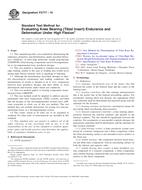
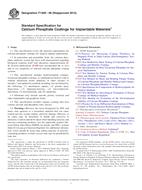 ASTM F1609-08(2014)..
ASTM F1609-08(2014)..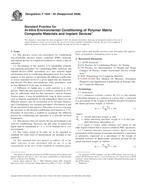 ASTM F1634-95(2008)..
ASTM F1634-95(2008)..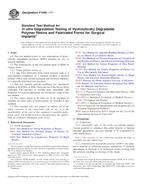 ASTM F1635-11
ASTM F1635-11 ASTM F1672-14
ASTM F1672-14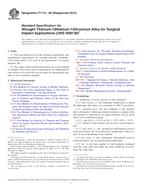 ASTM F1713-08(2013)..
ASTM F1713-08(2013)..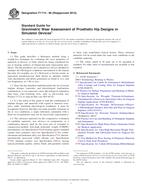 ASTM F1714-96(2013)..
ASTM F1714-96(2013)..
 Cookies
Cookies
